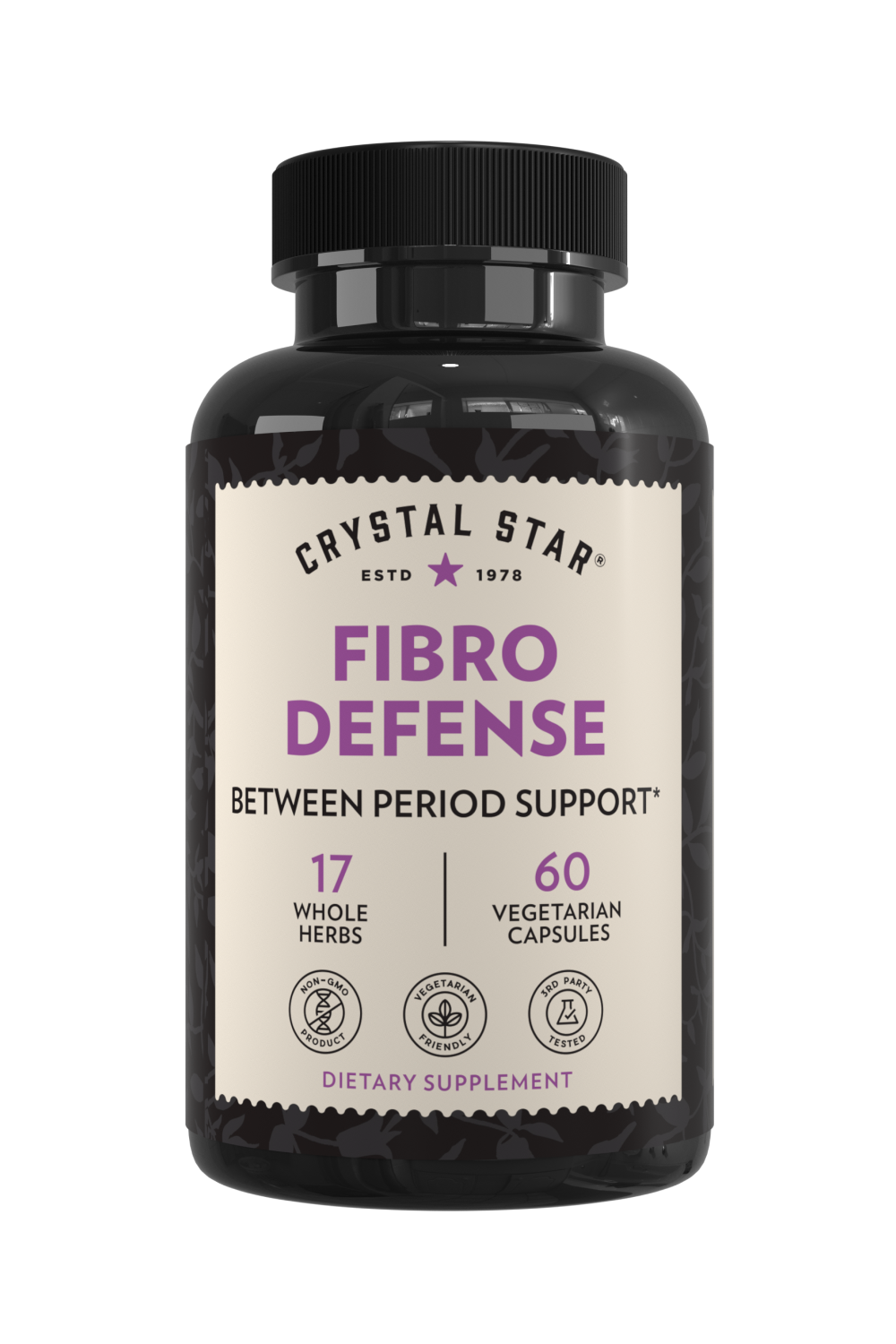
EFT Tapping: combat anxiety with your fingertips
Once a healing practice gets demoed on The Today Show, you know it’s gone mainstream. Tapping’s proponents say that it can help with pain, anxiety, stress, and more—all by using your fingers to tap a series of points on your body.
Given its recent popularity, you may have already considered integrating tapping into your health practices. Madonna is rumored to be a tapping fan, along with Whoopi Goldberg, and Camilla Parker Bowles, Duchess of Cornwall.
But the idea that a simple, at-home (and strange) procedure can be beneficial seems too good to believe. Is tapping a passing fad, or is there scientific proof of its benefits?
WHAT IS EFT TAPPING?
In a tapping session, you say an affirmation aloud while using your fingers to tap specific points of your body. The affirmation identifies what issue you’re working through, while the tapping is like sending a Morse code message to your brain to relax.
The modern practice of tapping was popularized by Gary Craig in 1998 with the publication of the EFT Handbook. His Emotional Freedom Techniques (EFT) introduced tapping as a profound tool capable of fighting a huge variety of issues, including pain, addiction, anxiety,
depression, phobias, trauma, and more. Because of Craig’s work, the practice is often referred to as EFT tapping.
Gary Craig was introduced to tapping by Dr. Roger Callahan, who first began experimenting with a practice he called Thought Field Therapy in the 1980s. Craig simplified the practice and distilled it to what he thought was most beneficial practice: tapping.
Since then, growing interest has spawned hundreds of tomes that boast tapping as the key to everything from weight loss to business success.
TAPPING: A MODERN VERSION OF AN ANCIENT TRADITION
If the notion of activating certain points of the body sounds familiar, that’s probably because it’s a central tenet of Chinese Medicine, and acupuncture in particular. For about three thousand years, acupuncture practitioners have used needles to activate the body’s “meridian points” in an effort to redirect the flow of qi (“chee”), or energy.
Acupuncture has been extensively studied over its long history, and a relationship has been measured between meridian points and the brain. One study of acupuncture showed that activating these points can decrease activity in the amygdala, a region of the brain that processes fear.
Acupuncture can be beneficial, but it requires both a visit to a specialist and a lot of needles. Needles may be applied to any number of the body’s hundreds of meridian points. In comparison, EFT meridian tapping simplifies this system to nine important points.
Another major difference is in the application: EFT tapping relies on acupressure instead of acupuncture. Acupressure uses the same meridian points as in acupuncture, but stimulates these points using pressure rather than getting under your skin.
In a double-blind study from 2009, acupressure was found to be as effective as acupuncture in stimulating meridian points. And if you’re wondering what’s been studied as an ideal way to apply acupressure to your own body? That’s right—tapping.
HOW DOES TAPPING WORK?
Tapping is (almost) as simple as it sounds. You begin by identifying a problem you’re experiencing and selecting which meridian points to tap on your body, then follow a few simple instructions to hone your tapping technique.
IDENTIFY A PROBLEM
Do a little soul searching to get to the bottom of what’s bothering you. What’s causing you stress? What’s causing you anxiety? Identify an issue you’d like to work on, getting as specific as possible.
Maybe you’d like to be a more fearless public speaker, or to be more at ease when meeting new people.
The theory behind EFT tapping is that the way you feel about the problem is negative, and the way to counteract this is by turning these bad feelings into positive affirmations.
Create your affirmation
Structure your affirmation in an “Even though I (negative experience or emotion), I still (positive feeling about yourself)” format.
For example:
Even though I feel anxiety/fear public speaking/experience nightmares/feel nervous to fly, I deeply and completely accept myself.
This phrasing is important because it reminds you that while you have a problem you’d like to work on, the problem does not define who you are. You are worthy as you are, and you accept yourself as you are. Remember that it is an act of self-love to identify a problem and to take steps to improve it.
QUANTIFY THE PROBLEM
Tapping can help with a variety of issues, both big and small. You’ll want to measure if tapping is helpful for you, so assign your problem a 0-10 rating based on its severity. A 10 is debilitating, but even a 2 leaves some room for improvement. You wouldn’t leave a splinter in your finger just because it isn’t tremendously painful.
BEGIN TAPPING
Let’s say your affirmation is, “Even though I feel this anxiety, I deeply and completely accept myself.”
Speak your statement aloud three times while using your fingers to tap the “karate chop” section of your other hand, which is the fleshy edge alongside your pinky. It doesn’t matter which hand you tap.
Next, create a reminder phrase, which is a simple reminder of what problem you’re working on. In this example it would be “this anxiety.” Say this phrase aloud once as you proceed to tap eight more meridian points in order. These points are symmetrical across your body, so you can choose to tap either side or both sides. Tap each area 3-7 times as you repeat the reminder phrase.
- Inner eyebrow point
- Outer corner of eye
- Under eye
- Under nose
- Under lower lip
- Under collarbone
- Under armpit
- Top of head
ASSESSMENT
Reconsider your 0-10 scale, and ask yourself how you would rate the problem now. No change? Try another tapping session ia few days later. You may also benefit from a longer session, so try setting a 15-minute timer. Some will experience a big change, and if this is the case for you, that’s great. You can still tap on the problem as long as it exists at all, whether you’re having a flare-up or if you’d simply like to perform some maintenance mindfulness.
SCIENCE REVIEW: DOES TAPPING REALLY WORK?
EFT tapping therapy is easy, fast, and possible to do from the comfort of your home without any special equipment. But is it scientifically legitimate?
While there are skeptics, there are also fierce advocates. One doctor, Harvard Medical School psychiatrist Rick Leskowitz, called it “the most impressive intervention I’ve encountered in 25 years of work.”
Other medical professionals are increasingly supporting the practice too, and a growing body of research shows that tapping can have measurable benefits.
RESEARCH STUDIES ON TAPPING
One study from 2013 found that tapping helped war veterans with their posttraumatic stress disorder (PTSD). Those who participated in EFT tapping coaching sessions had significantly reduced psychological distress and PTSD symptom levels. In another case study, a 9/11 survivor with PTSD was able to return to work after treatment including EFT proved to be “highly effective.”
In one 2019 study, EFT tapping improved multiple physiological markers of health, including cortisol levels, blood pressure, and resting heart rate. A study from 2018 found a reduction in PTSD, depression, and anxiety for those who attended EFT workshops, and participants maintained all gains at a 6-month follow-up. In a 2017 study on adolescents, EFT was found to be effective in reducing anxiety.
A review of available research performed in 2016 showed that EFT tapping resulted in a significant decrease in anxiety scores compared to control groups receiving no treatment. A more recent comparative study from 2018 agreed that tapping was an “active ingredient” in reducing the effects of posttraumatic stress disorder, depression, and anxiety.
THE TAKEAWAY ON TAPPING
Preliminary research indicates that EFT tapping really works. Tapping a sequence of meridian points on your upper body while repeating an affirmation can help with anxiety, PTSD, and according to its fiercest advocates, much more than that. The practice has gained supporters ranging from celebrities, to doctors, to even Olympic athletes.
It’s important to remember that tapping is just one tool to add to your self-care toolbox. Chocolate ice cream is good, but you wouldn’t have it for every meal. And while studies have consistently found positive effects of tapping, they haven’t found tapping to be necessarily superior to better-studied mental health treatments.
If you’re still wondering whether or not to try tapping, there isn’t much to lose. The process is easy to learn, low risk, free, and (once you get over the fear of looking silly), completely painless.
Just be sure to continue with whatever treatments your health care providers recommend—tapping is helpful, but probably not a cure-all.







